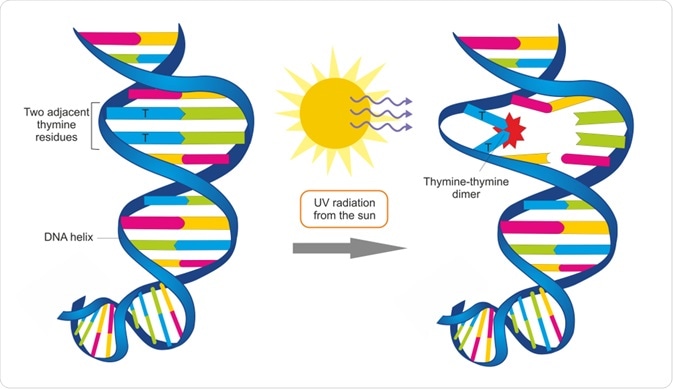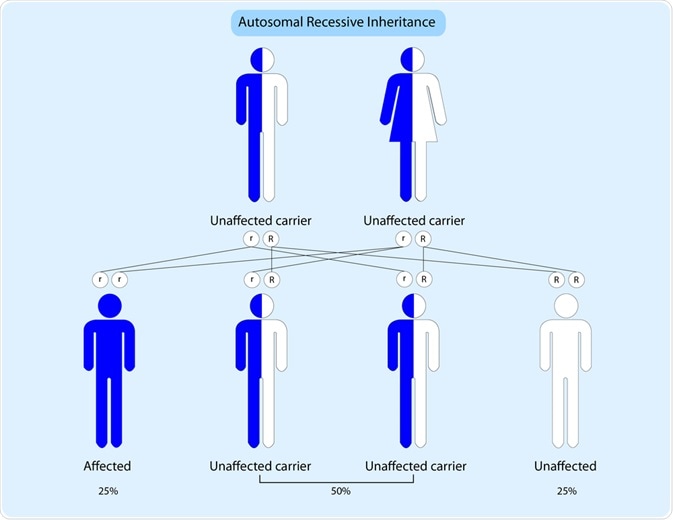Cockayne syndrome is a rare disease, which occurs in about 1 in 500,000 babies. Aesthetically the babies’ symptoms include smaller-than-usual heads, growth deficiencies, sunken eyes and looking prematurely aged. They also are extremely sensitive to sunlight and develop sunburn very fast. Growth of the nervous system is impaired, and eye/hearing problems are common. Almost any internal organ may be affected.
Classification
There are different forms of Cockayne’s syndrome (CS):
Type I
This is the classic form, and appears early in life, soon after the first year. By the end of the second year, it is obvious that the baby is very small and thin, and developmentally stunted. There is progressive deterioration in neurological, hearing and visual function. Death usually occurs in the second decade of life.
Type II
Also called cerebro-oculo-facio-skeletal syndrome (COFS), this is the most severe form and is noticeable at birth. Spine and joint contractures are present, leading to severe deformities. Death usually occurs by the age of 7 years.
Type III
This is the mildest and rarest type and manifests later in life.
Xeroderma pigmentosum-CS
This type combines the presence of freckles and skin cancers with other features of CS.
 DNA can be damaged by sunlight and this requires immediate DNA repair. The mutations causing Cockayne syndrome result in a failure to repair ultraviolet-induced transcription-linked DNA damage, leading to cumulative damage to the cell and its death. Image Credit: Soleil Nordic / Shutterstock.com
DNA can be damaged by sunlight and this requires immediate DNA repair. The mutations causing Cockayne syndrome result in a failure to repair ultraviolet-induced transcription-linked DNA damage, leading to cumulative damage to the cell and its death. Image Credit: Soleil Nordic / Shutterstock.com
Cause of Cockayne syndrome
The disease belongs to a group of conditions called leukodystrophies. These are caused by mutations in the ERCC6 gene (in 65% of patients) or ERCC8 gene (in 35%), which are also called the CSB or CSA genes respectively. These genes are responsible for transcription-coupled DNA repair. The proteins that the genes code for are essential components of the repair machinery for DNA that is damaged during the process of transcribing genetic information from DNA into another molecule called RNA.
DNA can be damaged by sunlight, chemicals, oxidation and other agents, and this requires immediate repair. The mutations result in a failure to repair ultraviolet-induced transcription-linked DNA damage, leading to cumulative damage to the cell and its death. This is an important reason for the characteristic features of growth failure, sunlight sensitivity, and prematurely aged appearance.
Parents of affected children have one abnormal and one normal copy of the affected gene, and show no sign of the condition. Both inherited copies of the gene must be abnormal, one from each parent, for a child to manifest Cockayne’s syndrome. Thus it belongs to the autosomal recessive group of disorders.
 Image Credit: Meletios Verras / Shutterstock.com
Image Credit: Meletios Verras / Shutterstock.com
Diagnosis and treatment of Cockayne syndrome
The condition is diagnosed by the presence of the typical physical characteristics, and the unusually slow growth. Confirmation is by molecular genetic testing. Another technique involves a DNA repair test carried out on special cells called fibroblasts.
Management of Cockayne syndrome
Management of the condition is life-long. It consists of:
Treatment of specific signs and symptoms
- Physiotherapy to loosen joints, correct posture defects, and keep muscles supple
- Medication to relax spastic muscles, and treat tremors
- Special education for learning difficulties
- Prevention of sunburn by use of sunglasses and sunscreen creams, and proper protective clothing
- Treatment of eye and hearing problems as needed
Preventive care
- Physical therapy to prevent loss of ambulation
- Ensuring a safe environment to prevent falls and further injuries
- Careful dental help to prevent caries
Monitoring
- To detect worsening of the condition or development of new complications, by screening once a year
- Education of caregivers as to the importance of controlling sunlight exposure and the special care required for the affected child.
References
Further Reading